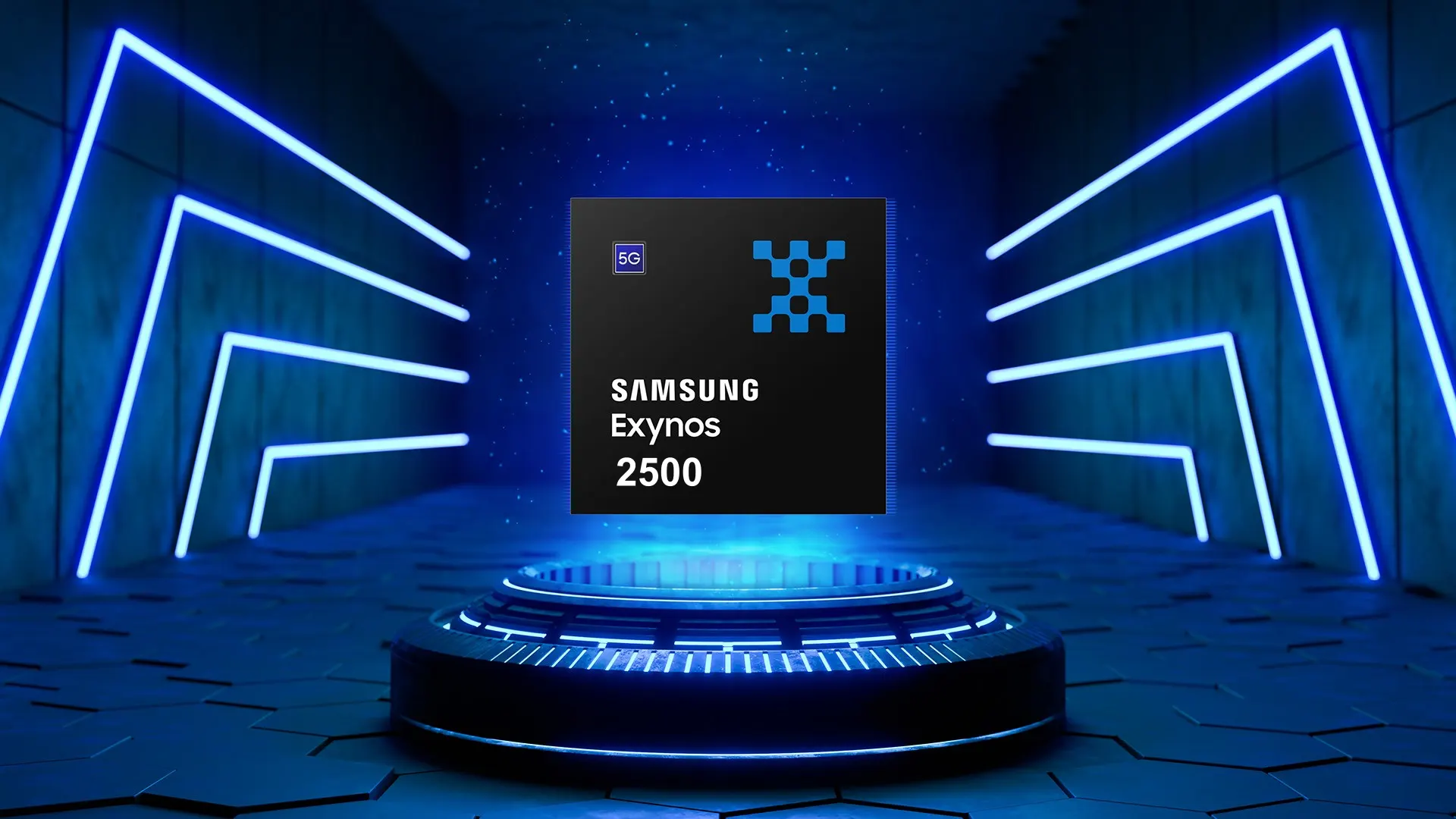Samsung Struggles with Low Yields of 3nm Exynos 2500 Chip

Samsung is setting up to introduce the Galaxy S25 series in early 2025, which is highly anticipated to be its first device to use a 3nm chipset. Unfortunately, Samsung is struggling to produce 3nm Exynos chips.
Initially, it was rumored that Samsung would power its base and plus Galaxy S25 and Galaxy S25+ models by buying its in-house 3nm Exynos 2500 chipset and the Galaxy S25 Ultra by 3nm Snapdragon 8 Elite. Now the company is facing consequences with the 3nm-Exynos chipsets.
According to Business Korea, the Korean tech company is going through yield-related issues with its 3nm Exynos 2500 chip. Reportedly, many chips are being discarded due to quality issues. The company’s semiconductor foundry business has struggled to stand strong against TSMC.
Despite efficient investments, Samsung has yet to bridge the gap between the two brands. Transparently, TSMC’s market share increased continuously while Samsung’s market share dropped to just 11.5%. In the case Samsung could not solve the issue soon, it could be forced to go with the Snapdragon 8 Elite chipset to power the entire Galaxy S25 series. If the report comes true, then it will not be a significant step for Samsung, as it will fail to catch up to TSMC and Qualcomm.
However, Samsung has yet to release an official announcement regarding this report. It remains whether the entire Galaxy S25 series will be based on Snapdragon 8 Elite.



